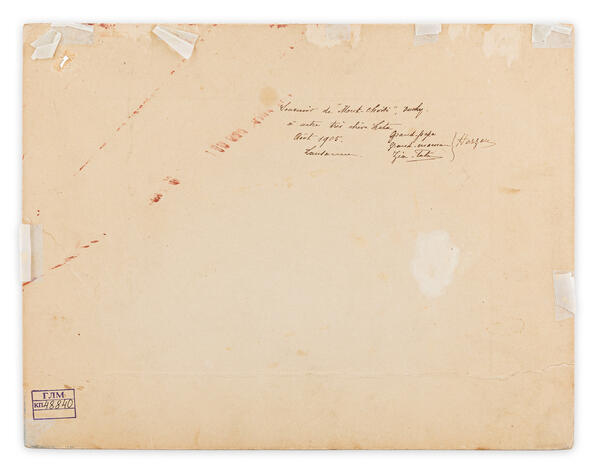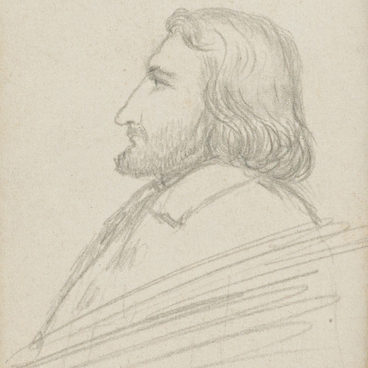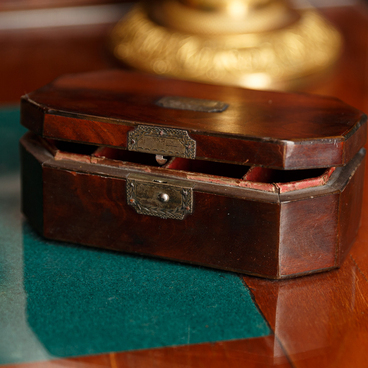Alexander Herzen’s son, also named Alexander, was a doctor and a renowned physiologist in Switzerland. He served as the head of a department at the University of Lausanne. This photo, taken at his country house, features almost the entire family gathered together: Alexander Herzen Jr., his wife Teresina Felice, their grown children, sons-in-law, daughters-in-law, and young grandchildren. In the center, alongside the head of the household, is his sister, Natalya Herzen, known among her relatives as Tata. She contributed greatly to preserving the family’s legacy. For some time, Natalya lived in the home of her brother’s son Nikolay Herzen.
Nikolay Herzen was a professor and lecturer of law at the University of Lausanne. His life changed dramatically after a tragic accident. The night of his wedding, an explosion occurred in his house due to problems with the heating system. His wife was killed, and he became disabled and lost the ability to walk. Tata took care of Nikolay for several years after the accident. Eventually, he remarried, and Tata rented an apartment at the Blanc Castel building on Avenue de Florimont in Lausanne. After the death of Alexander Herzen Jr. in 1906, his widow Teresina moved in with Tata.
In the upper row on the right, there is Pyotr Herzen, the son of Alexander Herzen Jr. He was born in Florence and did not speak Russian as a child. However, he followed his grandfather’s wishes and moved to the Russian Empire in 1897. After the October Revolution of 1917, he did not emigrate and became one of the founding fathers of cancer research in the Soviet Union. He founded the Moscow Cancer Research Institute, which now bears his name.
Before Pyotr Herzen left for Russia, Aunt Tata
presented him and his wife with this photo. It features a dedicatory
inscription at the bottom, “A Pietro & Lota”. The photo was donated to the
museum after Pyotr Herzen’s death by his widow. She moved to the USA with their
children. Many of Alexander Herzen’s descendants continue to maintain contact
with the museum that honors their ancestor. They have contributed their family
heirlooms to the collection of the State Museum of the History of Russian
Literature.




